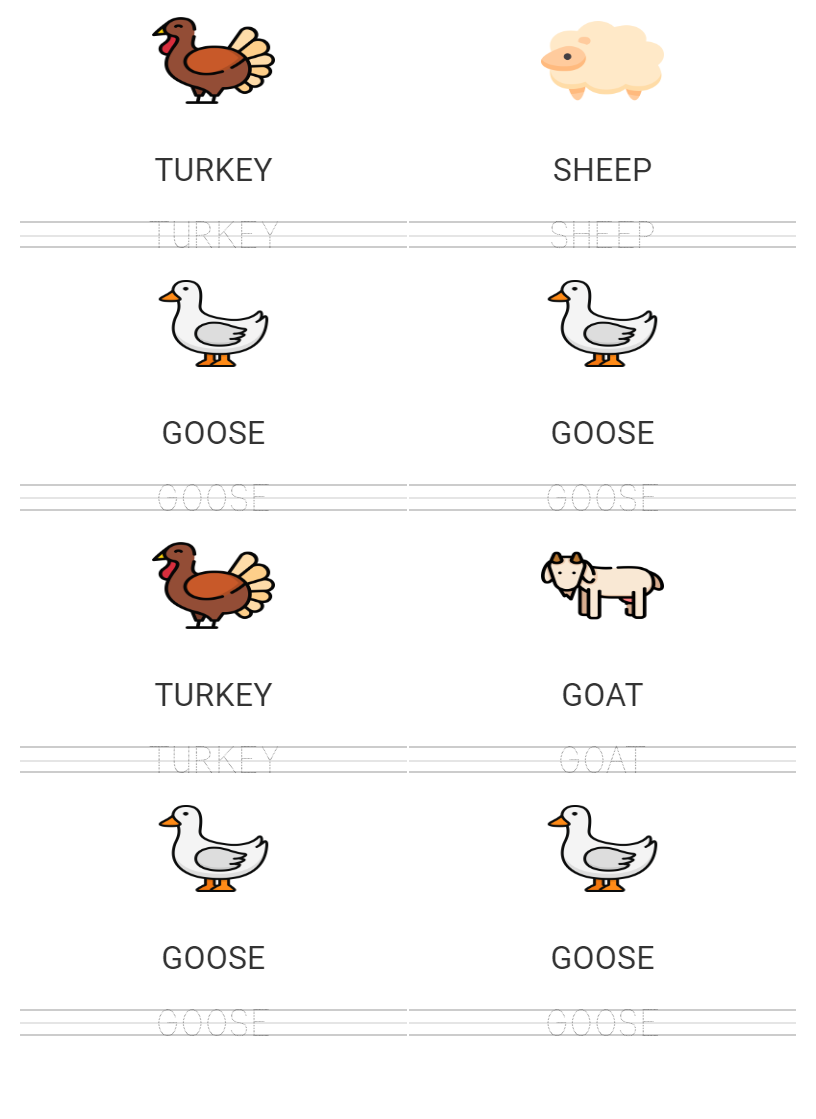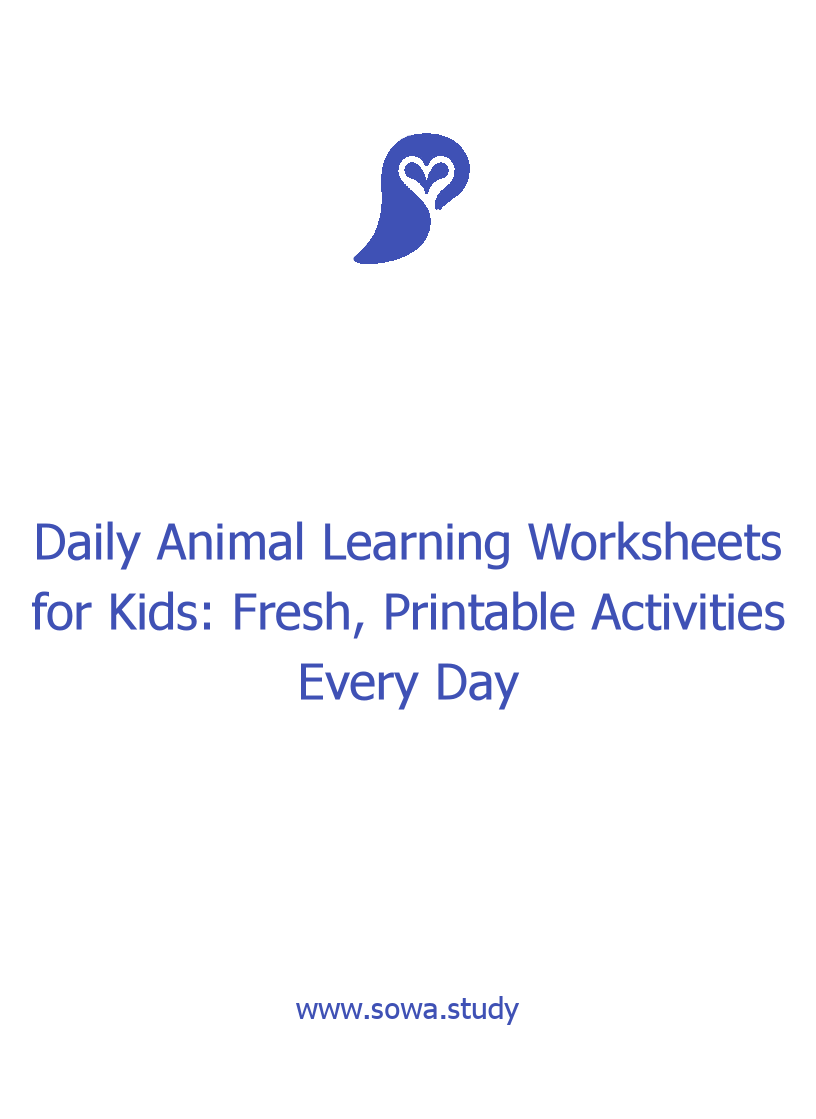Learning paths for Kids
Introduction to the Day's Topic:
The worksheet begins by introducing the topic or learning objective for the day. This section may include a brief overview, objectives, and instructions to set the context for the learning activities. Warm-Up Activities:
To activate prior knowledge and prepare learners for the day's lesson, the worksheet may include warm-up activities. These activities could involve quick review questions, puzzles, or tasks related to previous learning. Instructional Content:
The worksheet provides instructional content that presents new information, concepts, or skills. This section may include written explanations, diagrams, examples, or multimedia resources to support understanding. Practice Exercises:
After presenting the instructional content, the worksheet includes practice exercises to allow learners to apply what they have learned. These exercises may include multiple-choice questions, fill-in-the-blank activities, problem-solving tasks, or interactive simulations. Application Activities:
To deepen understanding and promote critical thinking, the worksheet may include application activities that require learners to transfer their knowledge to real-world contexts. These activities could involve analyzing case studies, conducting experiments, or solving authentic problems. Reflection and Review:
At the end of the worksheet, learners are prompted to reflect on their learning and review the key concepts covered during the day. This section may include questions or prompts for self-assessment, summarization activities, or opportunities for peer discussion. Extension Tasks (Optional):
For learners who require additional challenge or enrichment, the worksheet may include extension tasks or enrichment activities that allow them to delve deeper into the topic or explore related concepts in more depth. Feedback and Evaluation:
Throughout the learning path, learners receive feedback on their progress and performance. Educators may provide feedback on completed worksheets, offer guidance during individual or group activities, or facilitate discussions to address misconceptions and clarify concepts. By following the daily worksheet as a learning path, learners progress systematically through the material, building on their existing knowledge and skills while actively engaging with the content. This structured approach helps to optimize learning outcomes, promote retention, and support learners in achieving their educational goals.

